Rick Steves’ Europe: Brussels - From politics to good living
Brussels is a city of 1.2 million, the capital of Belgium, the headquarters of NATO, and the political center of the European Union. It may be easy to skip as you zip from Amsterdam to Paris by train, but its rich brew of food and culture pleasantly surprises those who stop. Its magnificent grand square, aptly named Grand Place, alone makes a visit worthwhile.
The city is understandably proud of its Magritte Museum. With more than 250 paintings, it has the world’s largest collection of works by surrealist René Magritte, who famously painted a picture of a pipe and wrote on the canvas “this is not a pipe."
Take time to wander through Brussels' other excellent museums. The Old Masters Museum, featuring Flemish and Belgian art, has a dazzling collection of masterpieces by Van der Weyden, Bruegel, Bosch, and Rubens. The Fin-de-Siècle Museum next door, covering art of the late 19th and early 20th centuries, also makes for an enjoyable stroll.
The Atomium, one of Brussels’ offbeat attractions, looms on the edge of town. This gigantic, silvery steel “molecule” has escalators connecting the various “atoms,” fun space-age videos, and a view from the top sphere. If you’re scared of heights or tight spaces, tell your friends you’ll wave to them ... from the ground.
If you're hungry, muscle your way into a restaurant to order mussels in Brussels. They’re served everywhere. You get a big-enough-for-two bucket and a pile of fries. Use an empty shell to tweeze out the rest of the mussels.
Don’t call fried potatoes “french fries.” Belgian fries (frites) taste so good because they’re deep-fried twice – once to cook, and once to brown. The locals dunk them in mayonnaise – especially delicious if the mayo is flavored with garlic.
My favorite budget meal in Brussels is having simple pub grub in an atmospheric old pub with a gaggle of “beer pilgrims,” who've flocked here from around the world to appreciate some of Europe's best brew and selection; there are hundreds of Belgian varieties.
Belgium is split between Wallonia in the south, where they speak French, and Flanders in the north, where they speak Flemish, a dialect of Dutch. French-speakers have often dominated the national government, which irks the Flemish, who comprise about 60 percent of the Belgian population. The longstanding rivalry has made it increasingly difficult for the Belgian Parliament to form a stable coalition government. One prime minister said that Belgians are united only by the king, a love of beer, and the national soccer team.
While the Belgians debate their unity, Brussels is the administrative center of the European Union. It hosts business people from around the world – only Washington, D,C., has more lobbyists. When Europeans have a gripe, this is where they demonstrate. The European Parliament, a towering complex of glass skyscrapers, has 705 members representing 27 countries and more than 466 million citizens. Take the multimedia guide tour. It’s exciting just to be here – a mouse in the corner of a place that aspires to chart the future of Europe.
Rivaling its great museums and the allure of the European Parliament is the city’s beloved Manneken-Pis – a tiny bronze statue of a lost boy taking a pee. The two-foot-tall peeing boy is an appropriately low-key symbol for the unpretentious locals, called Bruxellois. Made in 1619 to provide drinking water for the neighborhood, it’s a reminder that this city, so famous for its sense of humor (and comic book museum), has long had a joie de vivre.
It’s tradition for visiting VIPs to bring the statue an outfit – and he also dresses up for special occasions – so you can often see the Manneken peeing through a colorful costume. A sign on the fence lists the month’s festival days and how he’ll be dressed. For example, on January 8, Elvis Presley’s birthday, he’s an Elvis impersonator; on Prostate Awareness Day, his flow is down to a slow drip. He can also be hooked up to a keg to pee wine or beer. The collection of costumes he's worn for three centuries – at GardeRobe Manneken-Pis – is just around the corner on Rue du Chêne.
With each visit I find the gathering crowds as interesting as the quirky statue they’ve traveled to see. Hang out for a while and watch the commotion this little guy makes as tour groups come and go. When I was there last, a Russian man marveled at the statue, shook his head, and said, “He never stop!”
There are several silly legends about the origin of the Manneken. Want the truth? The city commissioned the Manneken to show the freedom and joy of living in Brussels – where happy people eat, drink ... and drink ... and then pee. And 400 years later, things haven’t changed.
========
(Rick Steves (www.ricksteves.com) writes European guidebooks, hosts travel shows on public TV and radio, and organizes European tours. This column revisits some of Rick's favorite places over the past two decades. You can email Rick at rick@ricksteves.com and follow his blog on Facebook.)
©2023 Rick Steves. Distributed by Tribune Content Agency, LLC.
(c)2023 RICK STEVES DISTRIBUTED BY TRIBUNE MEDIA SERVICES, INC.

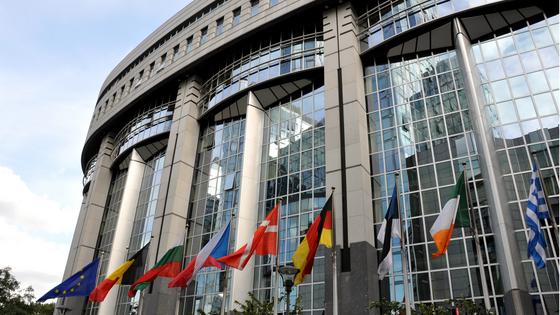
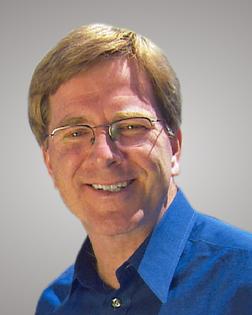


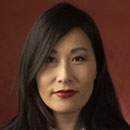

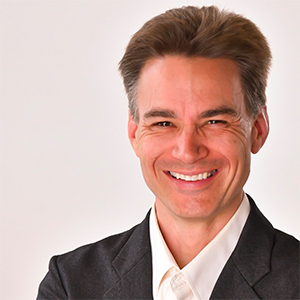



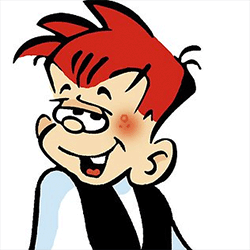


Comments